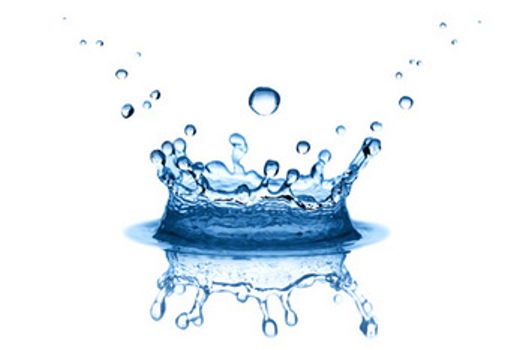
A team from Cardiff University’s Catalysis Institute, Lehigh University in Pennsylvania and the US Department of Energy’s Oak Ridge National Laboratory developed the new group of catalysts that have been published in Science.
“Using our new catalyst, we’ve created a method of efficiently producing H2O2 [hydrogen peroxide] on-demand in a quick, one-step process,” said co-author Dr Simon Freakley from the Cardiff Catalysis Institute.
“Being able to produce H2O2 directly opens up a whole host of possibilities, most notably in the field of water purification where it would be indispensable to be able to produce the chemical on-site where safe and clean drinking water is at a premium.”
In 2011 Global Industry Analysts, Inc. predicted the global market for hydrogen peroxide to reach 4.3 million metric tons by 2015. The chemical is usually manufactured via a large, multi-step process, which requires highly concentrated solutions of H2O2 to be transported before dilution at the point of use. Current uses of H2O2 include paper bleaching, disinfecting and water treatment and in the chemical synthesis industry.
Centralised systems supply clean water to billions of households globally, but many people still lack access to these large-scale water supplies, relying instead decentralised systems for a safe source of water.
The team, led by Prof Graham Hutchings, has previously developed a catalyst made from palladium and gold nanoparticles that helped to create H2O2 from hydrogen and oxygen.
Now the team have shown that gold can be replaced with five different readily available metals, including tin, zinc and cobalt, to form a much cheaper and more efficient group of catalysts for this specific reaction.
Co-author of the study Prof Graham Hutchings said: “Our new catalyst shows that it is possible to achieve equally high utilisation of hydrogen to form hydrogen peroxide by replacing the gold in the catalysts with cheap readily available metals, therefore significantly reducing costs.
“Rather than replace the current industrial process, we envisage this catalyst being used where low concentrations of hydrogen peroxide are required. For example, we could see our catalyst being used in decentralised water purification systems in which the speedy, on-demand production of hydrogen peroxide would be essential.
BESbswyBESbswyBESbswyBESbswyBESbswyBESbswyBESbswyBESbswyBESbswyBESbswyBESbswyBESbswyBESbswyBESbswyBESbswyBESbswyBESbswyBESbswyBESbswyBESbswyBESbswyBESbswyBESbswyBESbswy
“We are already in discussions with industry to see how this catalyst can be developed further.”


Nanogenerator consumes CO2 to generate electricity
Nice to see my my views being backed up by no less a figure than Sabine Hossenfelder https://youtu.be/QoJzs4fA4fo